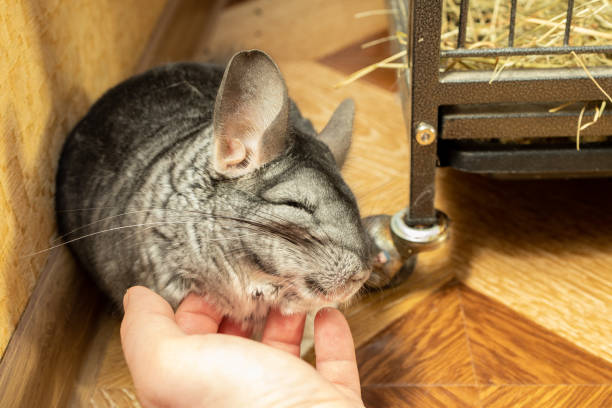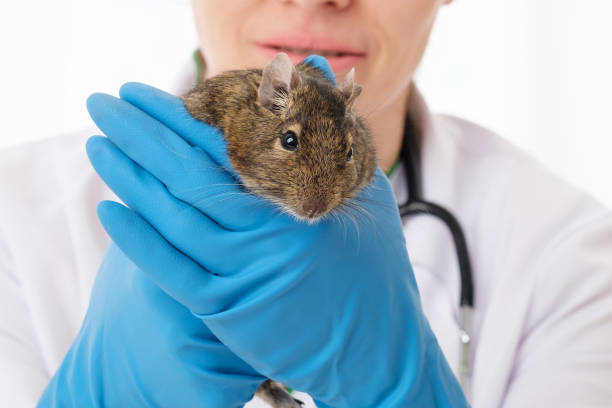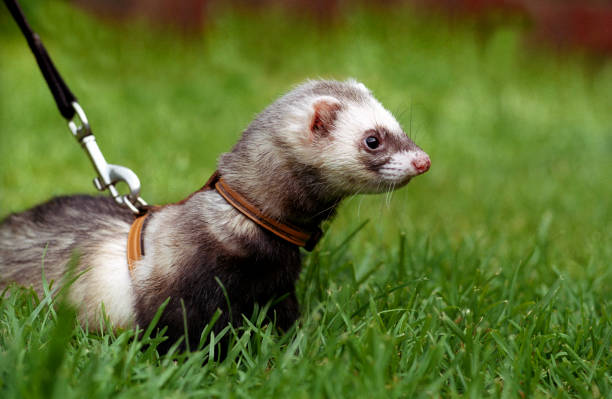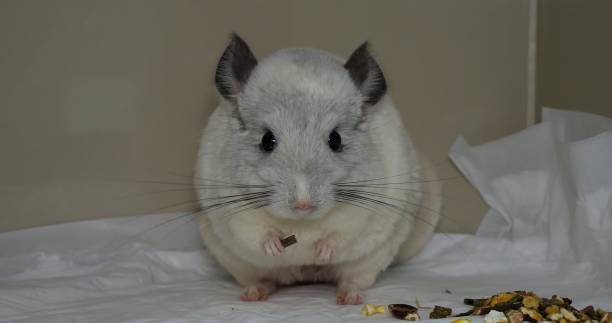Chinchilla Ear Problems: Infection or Fungus? Here’s What to Know
This post contains affiliate links. This means I will make a commission at no extra cost to you should you click through and make a purchase. Read the full disclosure here.
Your chinchilla’s big ears aren’t just for show—they’re delicate, sensitive, and easily affected by subtle changes in their environment. If you’ve noticed scratching, scabbing, head-tilting, or dry, crusty patches around their ears, it’s not something to ignore. These could be signs of an ear infection or even a fungal issue like ringworm.
Both conditions are surprisingly common in chinchillas—and both can get serious fast if left untreated.
This step-by-step guide breaks down how to spot the symptoms early, what causes these issues in the first place, and most importantly, how to treat and prevent them properly—without making things worse.
Step-by-Step Guide: How to Handle Chinchilla Ear Infections and Fungal Problems the Right Way
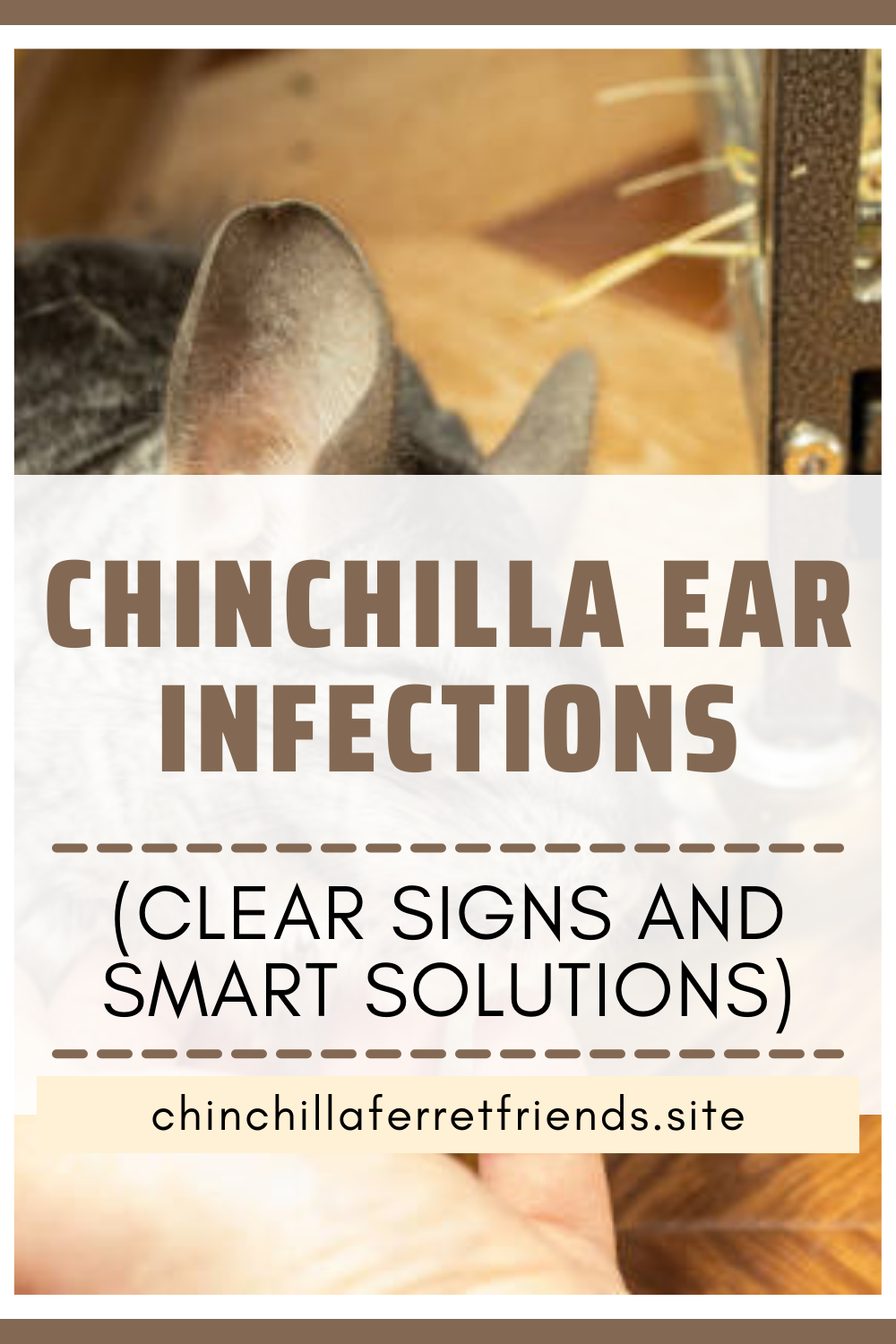
Step 1: Get Familiar With What Healthy Chinchilla Ears Look Like
Start by understanding the baseline. Healthy ears should look:
- Light pink to gray inside, depending on the chinchilla’s fur color
- Smooth and clean, with no signs of redness, crust, flakiness, or scabs
- Odorless—there should be no sour, musky, or cheesy smell
- Free of discharge (no oozing or wetness)
When handling your chin, gently check the outer edge and base of the ear. If they flinch, pull away, or seem uncomfortable, that could be the first sign something’s brewing.
Step 2: Recognize the Most Common Ear Problems in Chinchillas
There are three main types of issues that typically affect a chinchilla’s ears:
🦠 Bacterial Ear Infection
- Often caused by an underlying respiratory issue, injury, or dirty cage conditions
- Bacteria enter through a small wound or the ear canal and cause swelling, redness, and possible pus
- If it spreads to the inner ear, it can cause balance problems, head tilting, or neurological symptoms
🍄 Fungal Infection (Usually Ringworm)
- Caused by fungi like Microsporum or Trichophyton thriving in warm, humid environments
- Looks like dry, flaky, sometimes circular patches of hair loss around the ear, face, or even on the paws
- Highly contagious—not just to other chinchillas, but also to humans (zoonotic!)
🦟 Parasites or Dust Irritation
- Mites or excessive dust bath use can irritate the sensitive ear skin
- Usually leads to itching, scabbing, or crust formation
- Less dangerous than infections but still needs attention before it gets worse
Step 3: Watch Closely for the Warning Signs
When something’s wrong with your chinchilla’s ears, they’ll usually show subtle—but clear—signs. Look for:
- Frequent scratching or pawing at the ears or sides of the face
- Head shaking or constant head tilting
- Scabs, crusty patches, or dry flaky skin around the ears
- Bald spots or fur loss near the ears, eyes, or face
- Redness, swelling, or sensitivity to touch
- Foul-smelling discharge from the ears
- Changes in behavior—lethargy, irritability, or reduced appetite
⚠️ IMPORTANT: If your chinchilla is tilting their head or losing balance, this may indicate a middle or inner ear infection, which is more serious and needs immediate vet care.
Step 4: Don’t Try to Clean or Treat It Without a Vet
It’s tempting to try home remedies—especially when you’ve read advice online—but treating a chinchilla’s ears without a proper diagnosis can cause more harm than good.
❌ Don’t use:
- Hydrogen peroxide
- Essential oils
- Over-the-counter creams
- Water or wipes inside the ear canal
Instead:
- Take clear photos of the affected area
- Avoid touching the area unless instructed
- Contact an exotic vet with chinchilla experience
Your vet may need to:
- Do a fungal culture or skin scraping
- Examine the ear canal with an otoscope
- Prescribe antifungal creams, antibiotic ear drops, or oral medication
- Recommend supportive care like probiotics or pain relief
Step 5: Sanitize Their Environment Thoroughly
Ear infections—especially fungal ones—are often triggered or worsened by poor environmental hygiene. After diagnosis, you’ll want to do a deep clean of your chinchilla’s space:
✅ Do:
- Replace all bedding, toys, and fleece liners
- Wash hides, shelves, and accessories with a diluted bleach solution (1:10 ratio), rinse thoroughly, and let dry
- Clean the cage bars and bottom tray
- Keep the room dry and well-ventilated
- Reduce humidity below 50% if possible (use a dehumidifier if needed)
🐾 If you have multiple chinchillas, isolate the affected one and monitor the others closely. Fungus like ringworm spreads through spores and can live on surfaces for weeks.
Step 6: Follow the Vet’s Full Treatment Plan (Even if It Looks “Better”)
Chinchilla skin infections can be stubborn. Even if symptoms improve quickly, stopping treatment too early can cause the infection to come back—sometimes worse.
Follow the full course of meds, and continue cleaning the environment weekly for at least 3–4 weeks after symptoms disappear. Your vet may recommend a follow-up visit to confirm the infection is completely gone.
If it’s ringworm, you may need to treat your home and your own clothing too—especially if spores have spread.
Step 7: Prevent Future Problems With Smart Care
The good news? Most ear problems can be prevented with proper care. Here’s how to stay ahead of trouble:
💡 Prevention Tips:
- Limit dust baths to 2–4 times per week (excess dust can dry out or irritate ear skin)
- Keep bedding clean and always dry
- Avoid over-humid or warm rooms (ideal temp: 60–70°F)
- Sanitize toys and cage accessories weekly
- Inspect ears during handling at least once a week
- Quarantine new chinchillas for at least 2 weeks before introducing them to your current pet
🧼 Final Thoughts
Ear issues in chinchillas aren’t rare—but they are serious. Because these tiny prey animals are so good at hiding pain, by the time you notice something’s wrong, it may have already progressed. That’s why early detection, expert diagnosis, and proper follow-through are key.
With clean living conditions, regular ear checks, and fast action when something seems off, you can keep your chinchilla’s giant radar dishes happy, healthy, and fungus-free.

